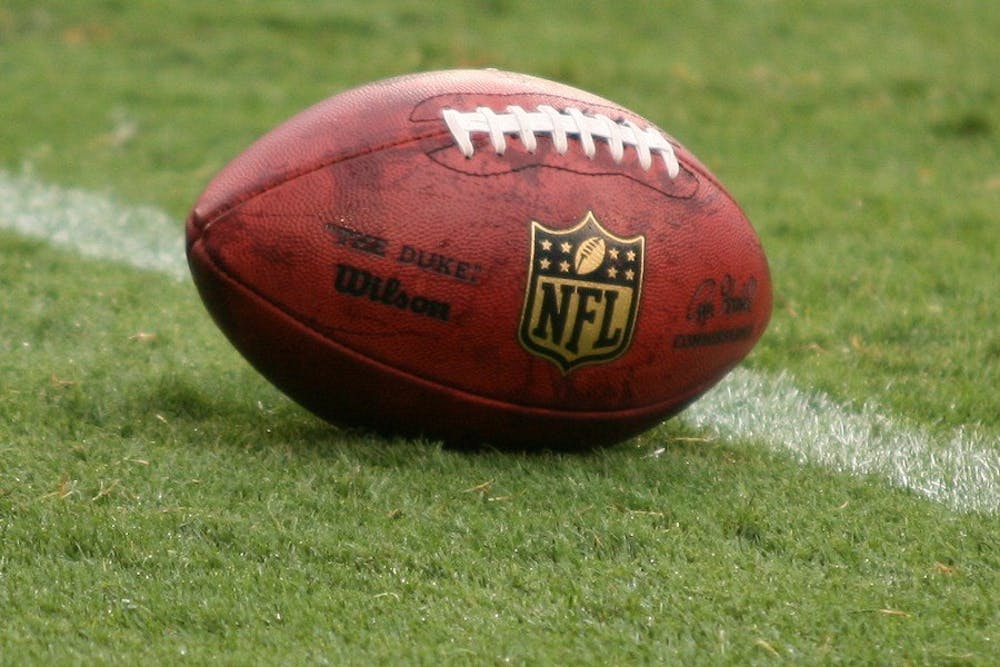Perkins' Problems
By Steven Perkins, For The Miami Student
According to Colin Cowherd, parents with a college degree or higher are 46 percent less likely to let their child play football. With the increase in head injuries and with more cases of permanent brain trauma, parents are becoming less likely to allow their kids to play contact sports.
It's an interesting discussion, but one that seems to be rooted more in overprotection than actual facts. Parents just see other outlets for scholarships in sports. There are so many other Division I sports that parents don't feel the need to push their kid through football.
But, when you break down the numbers, how dangerous is football?
According to headcasecompany.om, football has the highest concussion rate. The statistics are broken down per 100,000 athletic exposures. An exposure is defined as one player participating in one high school sport. So if a student was a three-sport athlete, he counts for three athletic exposures. This exposure also does not account for number of practices and games or total time on the field of play. Football has 64 concussions per 100,000 exposures, second on the list is men's ice hockey at 54 and then men's lacrosse at 40. The women's sport with the most concussions is soccer with 33.
So while football is the most dangerous, it's not by much. Another stat that seems alarming at first is that of all sports-related concussions, 47 percent occur in high school football. But ,when you look at total participation, football is king. With over one million participants in 11-man football alone, it's no surprise the sport has the highest concussion numbers as well.
Some sports are taking strides to clean up the game. USA hockey, which is the sanctioning body for nearly all youth, junior and adult hockey in the United States, has recently made body checking illegal in all divisions U-12 and younger. This allows players to develop a stronger skillset before adding in body checking, which is different than contact or generally physical play. It also gives young brains two more years to develop and grow. In addition, the organization removed all "intimidation hits" from the game. This made it illegal to hit a player for any purpose other than to separate the man from the puck. The goal of this change is to remove the big open ice hits, the ones where players are hitting for the sake of hitting, whether that be to set the tone of the game or retribution.
Stats, or no stats, preventative measures or no preventative measures, preventing your child to play a sport because of a potential for injury seems a bit ridiculous to me. There is not an 11-year-old in the country capable of hitting your son hard enough to give him permanent brain damage or a life-altering head injury. Now, if after one concussion you want to remove your child from the game would be a difficult choice, but it would be a more reasonable approach.
You may have the next Andy Dalton on your hand and not even know it. You'll know if you do because at the dinner table he'll pass dishes to the wrong person and every now and then he'll just drop whatever is in his hand. Okay, so maybe Tom Brady or Peyton Manning is a better example, but still, you won't know unless you give your kid a chance at the game. And who knows, maybe he decides he wants to be a golfer or baseball player or an astronaut. Just don't limit your child's future before he hits double digits.

